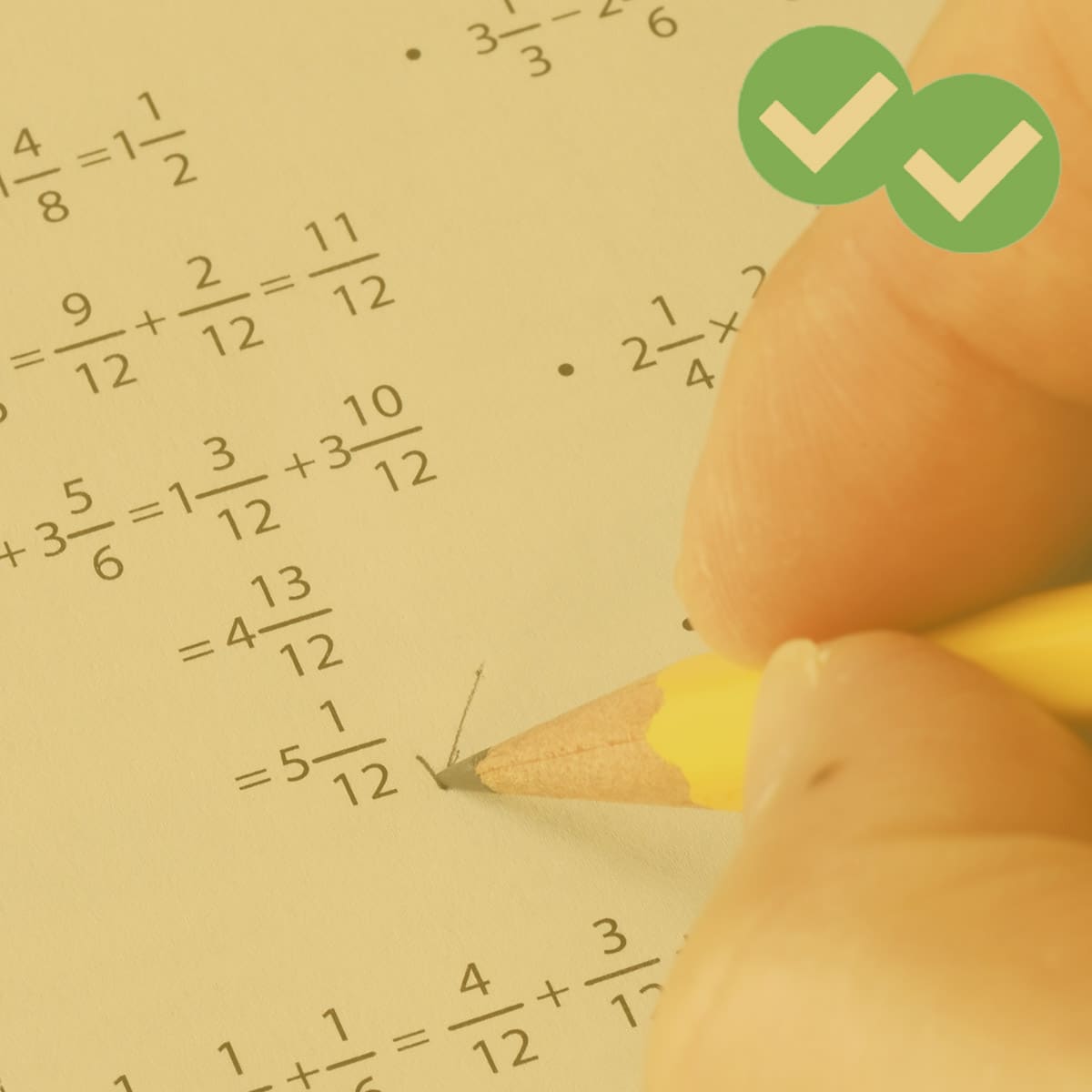Category: GMAT Arithmetic
-

GMAT Arithmetic 101
The GMAT Quant section tests a variety of mathematical concepts, including algebra, geometry, and arithmetic. Generally speaking, the test-makers are not looking to trick or confuse you. Most GMAT math problems are rather straightforward. Read on to find out the specific arithmetic topics covered, tips for success, and plenty of practice problems! Table of…
-
Number Sense for the GMAT
What is number sense and how can you recognize number sense problems on the GMAT? Before we get into the details, let’s start with a few number sense practice problems. Remember, no calculator. Warm-Up Problems 1) Rank those three in order from smallest to biggest. (A) I, II, III (B) I, III, II (C) II, I,…
-
Consecutive Integers and Multiples on the GMAT
To begin, here are four reasonably challenging practice problems. 1) S is a set of n consecutive positive integers. Is the mean of the set a positive integer? Statement #1: the range of S is an even integer Statement #2: the median of S is a positive integer 2) If N = 255 is the…
-
GMAT Quant: Difficult Units Digits Questions
First, a couple 800+ practice questions (yes, you read that right – 800+) on which to whet your chops. 1) The units digit of is: (A) 1 (B) 3 (C) 5 (D) 7 (E) 9 2) The units digit of is: (A) 2 (B) 4 (C) 6 (D) 8 (E) 0 3) The units digit…
-
GMAT Number Properties
The single most-tested topic on the GMAT Quantitative Section is something called “Number Properties.” In a way, this statement, while absolutely true, is a bit deceptive. It’s like saying the biggest category at a particular zoo is mammals: even if that is completely true, that statement alone doesn’t give us a particular clear idea of…
-
GMAT Math: Is 1 a Prime Number?
Spoiler alert: according to all mathematical definitions, the number 1 is not a prime number Primes One definition of a prime number is: any number that has only two positive integer factors—itself and 1. The following are valid prime numbers. 2, 3, 5, 7, 11, 13, 17, 19, 23, 29 … ∞ It is very…
-
GMAT Factorials
Learn how to simplify these seemingly devilishly complicated GMAT Quant problems! First, consider these problems 3) Consider these three quantities Rank these three quantities from least to greatest. (A) I, II, III (B) I, III, II (C) II, I, III (D) II, III, I (E) III, I, II These are challenging…
-
Function Notation on the GMAT
Consider these two practice GMAT Quantitative problems: 1) Given f(x) = 3x – 5, for what value of x does 2*[f(x)] – 1 = f(3x – 6) (A) 0 (B) 4 (C) 6 (D) 7 (E) 13 (A) –2 (B) 5/3 (C) 1 (D) 2 (E) 8 If you find these questions completely incomprehensible, then…
-

Adding and Subtracting Powers on the GMAT
First, consider this practice problem: A. B. C. D. E. If this problem makes your head spin, you have found the right blog article! Operations with powers There are legitimate laws of exponents for multiplying and dividing powers. Take a look at these examples: Multiplying powers means add the exponents and…
-
Exponent Powers on the GMAT
Learn the powerful shortcuts through these problems! Practice Questions Before reading this post, try these three related practice questions. 1) Is a positive? Statement (1): > a Statement (2): > a 2) Is a positive? Statement (1): > a Statement (2): < a 3) Is a positive? Statement (1): < a Statement (2):…


